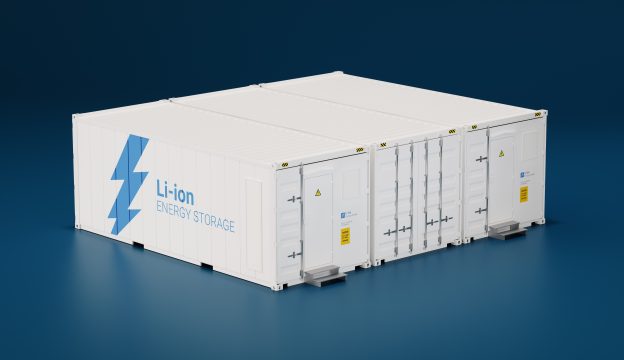
The carbon capture and storage (CSS) technology that has been established for years is used to primarily store the carbon dioxide generated from power plants and factories in deep underground in order to avoid excessive emission of the gas, and now Australian scientists have also introduced a “greener” carbon capture method that not only stores carbon dioxide within water, but also derives functional byproducts such as hydrogen and calcium carbonate (CaCO3) through solar and wind energy at the same time.
The research team at Queensland University of Technology had a breakthrough in electrochemistry previously pertaining to capturing carbon dioxide from the air and storing it in the calcium carbonate form, also known as chalk, under the water, where a mass amount of hydrogen can also be derived subsequently by pairing with the electrolyzed hydrogen production technology that will help with the development of the particular energy.
Anthony O’Mullane, Professor at the Centre for Clean Energy Technologies and Practices of QUT, pointed out that the research team captured carbon dioxide using an alkaline solution that forms solid carbonate minerals, and the derivatives can be used as construction materials in the future. Among which, silicon dioxide, aluminum oxide, and calcium carbonate are common materials in the cement industry, and are modulated according to specific physical and chemical standard specifications.
A tiny amount of calcium source in the water will suffice for general laboratories, though the research team of O’Mullane took into account the scenery that captures carbon dioxide on an extensive scale, and believed that seawater is more in line with the requirement since it occupies 70% of surface area, where the issue of water shortage is comparatively frequent.
However, storing carbon dioxide within the seawater is no easy task, as the sulfate from the seawater must first be filtered out. The research team first precipitated the calcium sulfate, and converted carbon dioxide into calcium carbonate using the same method, then produced hydrogen through the electrolysis technology to ensure a constant regeneration of electrodes, as well as a simultaneous derivation of the valuable byproduct hydrogen. As pointed out by the team, an electrolysis procedure using renewable energy not only derives calcium carbonate, but also produces green fuel that can be used for industries that are in the midst of energy transformation.
O’Mullane commented that this particular study is also helpful in the arduous carbon reduction for the cement industry, where carbon dioxide can be captured using renewable energy to produce calcium carbonate, and believes that this technology can be further applied in other industries of high emission intensity. The cement industry accounts for 7-10% of the carbon dioxide emission of the world, and calcium carbonate can be produced from the carbon dioxide emitted during the clinker process by an integration with the mineralization process, where a closed loop system is formed to further reduce on carbon emission.
(Cover photo source: pixabay)







